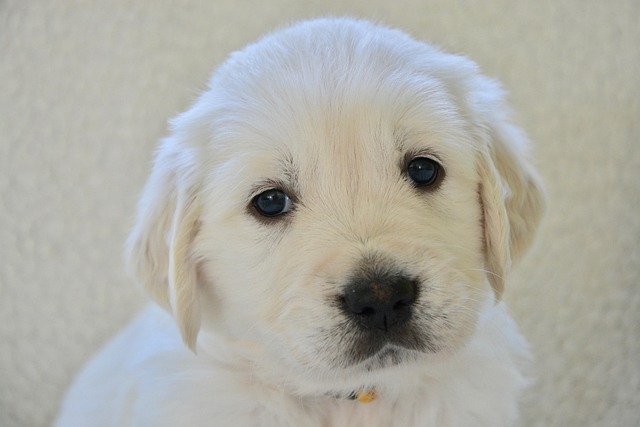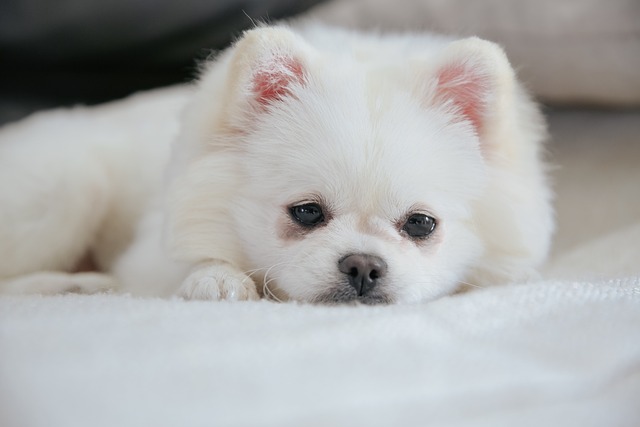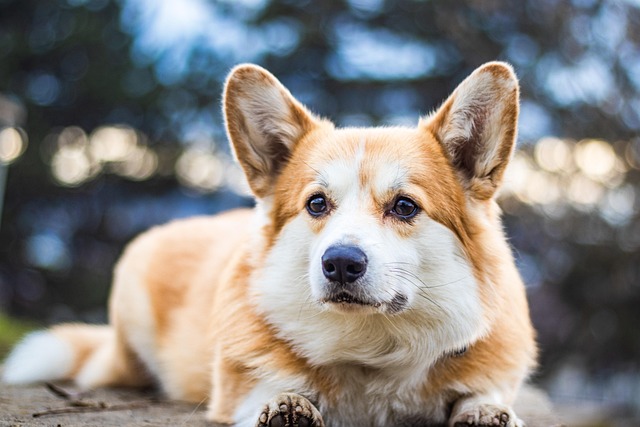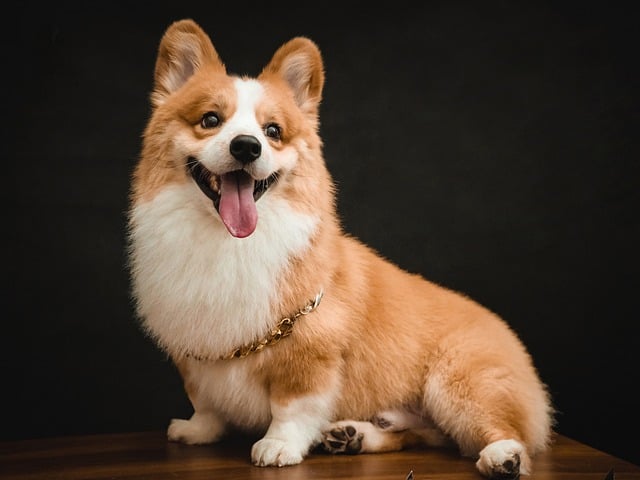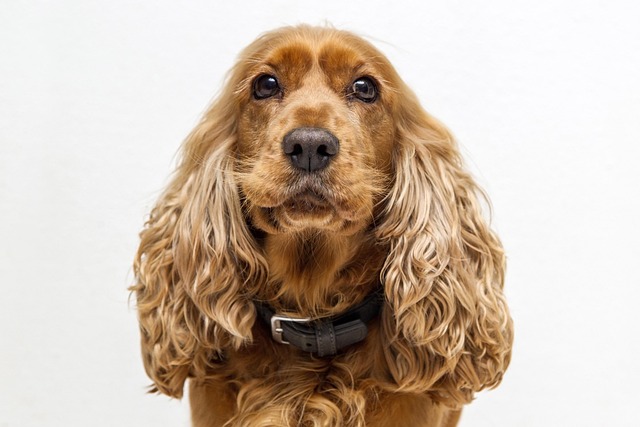Training a Bulldog often feels like negotiating with a very stubborn, very charming little philosopher. You know they're smart, but convincing them that your brilliant idea (like "sit" or "come") is worth their time? That’s the real challenge. Unlike many breeds eager to please, Bulldogs come with their own unique operating manual, shaped by their distinctive physique and personality. Understanding these quirks isn't just helpful—it’s essential for effective Bulldog training that sticks.
Their iconic pushed-in face, sturdy build, and characteristic wrinkles aren't just for show; they directly impact how Bulldogs experience the world and respond to training. Those adorable brachycephalic features mean they can overheat alarmingly fast and struggle with intense exercise or prolonged activity. Breathing difficulties are a genuine concern, especially in warm weather or during strenuous play. Add to this their predisposition to joint issues like hip dysplasia, and you quickly see why high-impact drills or repetitive jumping are absolute no-gos. Their temperament is another layer: famously laid-back yet possessing an independent streak that can be misinterpreted as simple stubbornness. They often assess commands on their own terms, prioritizing comfort and weighing the effort versus reward. Short bursts of focus are typical, while marathon training sessions? Forget it.
This unique combination leads to common frustrations owners face. Expecting quick responses to repeated commands often leads nowhere but frustration. Their attention span is famously brief, easily diverted by a fascinating smell on the breeze or the sudden urge for a nap. Trying to force compliance through firmness or repetition usually backfires spectacularly, triggering that legendary Bulldog resistance. Physical limitations further complicate standard methods – expecting them to perform multiple quick "downs" or run agility courses ignores their physiological reality.
So, what does work? Sometimes the most effective Bulldog obedience training techniques are the ones that seem counterintuitive at first glance. Less is often more. Forget hour-long drills; think micro-sessions—five minutes here, three minutes there, scattered throughout the day. Keep it fresh and engaging before that attention inevitably wanders. Positive reinforcement isn't just a nice idea; it's the bedrock. Find what makes *your* Bulldog light up—maybe it’s tiny pieces of extra-special cheese, enthusiastic praise delivered in a silly voice, or a beloved tug toy. Lavish rewards immediately for desired actions make the connection crystal clear. Crucially, *avoid* confrontation. If they plant themselves like a furry boulder during a walk, gently lure them with a treat rather than yanking the leash. Turning training into a fun game where they feel like they’re winning is key. Patience isn't just a virtue; it's the strategy.
A practical step-by-step plan tailored to Bulldogs focuses on core needs: basic obedience, vital socialization, and mental stimulation. Start incredibly simple. "Sit" is a great foundation. Lure them gently with a treat held just above their nose, moving it slightly back. As their head tilts up and their bottom naturally lowers, say "Sit!" and reward instantly. Practice this for seconds, multiple times a day. "Come" is vital but tricky. Begin indoors with minimal distractions. Use an excited, happy voice, crouch down, and reward massively when they amble over. Gradually increase distance and distractions *very* slowly. Leash manners require gentle persistence, rewarding them for walking near you without constant pulling. Socialization should be positive and controlled. Introduce them calmly to various sights, sounds, people, and other *calm* dogs in short, positive bursts. Mental exercise is just as crucial as physical. Snuffle mats hiding kibble, simple puzzle toys, or short "find it" games engage their minds without overtaxing their bodies. Always keep sessions short, positive, and end on a successful note.
Maintaining your Bulldog’s well-being during training is non-negotiable. Vigilantly monitor for signs of overheating: excessive panting, drooling, bright red gums, or lethargy. Train only in the coolest parts of the day, always provide fresh water, and stop immediately if they seem distressed. Respect their physical limits. No jumping down from heights, no long runs. Opt for gentle walks and swimming if they enjoy water (always supervised). Watch for joint stiffness. Mental wellness matters too. If they seem stressed or shut down, back off and try again later with something easier. Training should build confidence, not anxiety. Regular check-ins with your vet are essential to ensure your training plans align with their specific health status.
You don’t have to navigate Bulldog behavior management tips alone. Seek trainers experienced specifically with Bulldogs or brachycephalic breeds; they understand the physical and temperamental nuances. Look for positive reinforcement methods only. Breed-specific communities, both online forums and local clubs, are invaluable. Connecting with other Bulldog owners provides a wealth of shared experience, troubleshooting tips, and moral support. Reputable resources from veterinary behaviorists or established positive reinforcement training organizations offer excellent further reading. Remember, training a Bulldog is a journey of patience, understanding, and celebrating small victories. Embrace their unique personality, work *with* their nature, not against it, and you’ll build a rewarding bond based on mutual trust and respect—even if they sometimes still choose the comfy couch over your "come" command.
